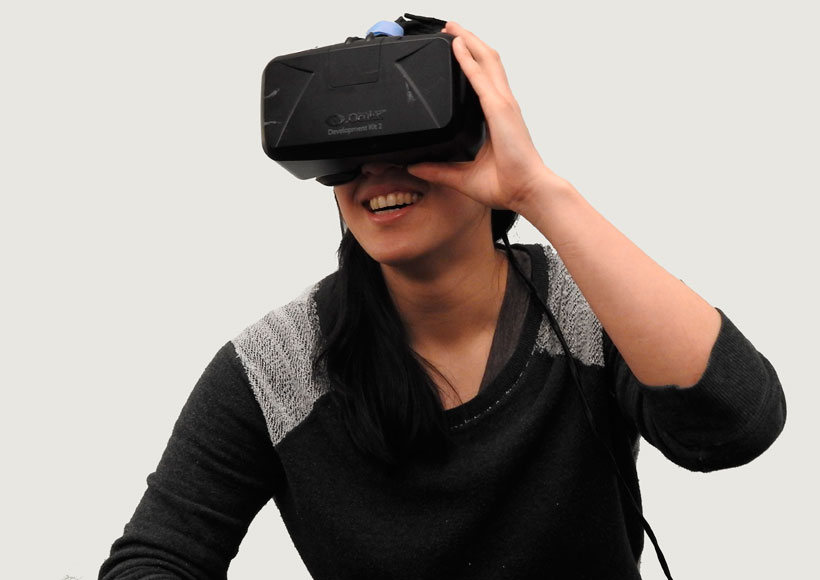According to the Council of Europe’s SPACE II latest report (Aebi & Chopin, 2018), there are around 1.6 million people under the supervision or care of the Probation Services in Europe, that is, an average rate of 219 probationers per 100,000 inhabitants.
Research shows that there is a high prevalence of drug use among probationers and the offender population in general (see, for example, the review by Fazel, Bains and Doll, 2006). In fact, most people coming into contact with the criminal justice system have a history of drug use. In addition, many continue to use drugs while serving their sentences, and for some people, prisons may constitute an environment where they switch to even more harmful patterns of use (Stöver & Kastelic, 2014).
Research also indicates that ex-offenders often return to environments that strongly trigger relapse to drug use and place them at risk of overdose (Binswanger et al., 2012). Hence, prison and probation are important settings for the provision of responses to drug addiction and drug-related health issues (such as infectious diseases), to prison safety and security, as well as to society (Stöver & Kastelic, 2014). As regards treatment options, research shows that advances in technologies, namely virtual reality, hold promise to support the treatment of addictions (Metcalf et al., 2018).
Consisting of three-dimensional computer-generated environments, VR is immersive, multi-sensory and viewer-centred which makes it a potential therapeutic tool (Bordnick, Carter, & Traylor, 2011). In fact, one of the VR’s potentials is to expand the cue reactivity methodology (drug-addicts react to stimuli associated with the drug use in the form of increased craving, physiological arousal and drug-seeking behaviours). The cue-exposure is used to facilitate learning and cognitive reinforcement of new behaviour and entrain craving suppression in the presence of cues related to drug and alcohol consumption (Hone-Blanchet, Wensing, & Fecteau, 2014).
Traditional cue methods (e.g., laboratory-based bars) present many limitations, including issues of repeatability and control, cost, space and time, issues of confidentiality, safety, and liability, to name a few. By using VR technology, all these issues can be efficiently addressed (Bordnick et al., 2008) given that in lifelike virtual environments, users are exposed to cues and encouraged to ignore the craving response or use a coping one.
The rehabilitative potential of VR technology has paved the way to an innovative project: “Developing and Using Virtual Reality Technology for Rehabilitation of Drug Users in Probation Service” (VR for Drug Rehabilitation).
The project seeks to develop and test an innovative drug treatment programme for drug-using among a vulnerable young (aged 18-30) probationer population by using VR technology, aimed at reducing drug craving and improving awareness of users about the harmfulness of their addiction.
The VR for Drug Rehabilitation project foresees the creation and adaptation of scenarios for a VR application that induce drug craving in the target group, as an additional tool to cue exposure therapy; the development of an assessment tool for testing the VR sessions’ effects on users; and a pilot programme with the target group in the partner countries (Portugal, Romania, Spain and Turkey).
Besides the intervention with probationers, the project will also improve the quality and effectiveness of capacity-building training programmes within the probation services, as it will deliver a training programme for probation staff on how to apply the VR programme, and a pilot training in the partner probation systems.
With this project, we aim to advance and contribute to a more systematised knowledge in the field, as well as to improve practices in the treatment of offenders who suffer from drug additions.
An article by Susana Reis, Maria Loureiro and Silvia Bernardo from IPS Innovative Prison Systems
Aebi, M., & Chopin, J. (2018). SPACE II – Council of Europe Annual Penal Statistics. Survey 2016. Persons Serving Non-Custodial Sanctions and Measures in 2016. Strasbourg: Council of Europe.
Binswanger, I., Nowels, C., Corsi, K., Glanz, J., Long, J., Booth, R., & Steiner, J. (2012). Return to drug use and overdose after release from prison: a qualitative study of risk and protective factors. Addiction science & clinical practice, 7(3), 1-9.
Bordnick, P., Carter, B., & Traylor, A. (2011). What virtual reality research in addictions can tell us about the future of obesity assessment and treatment. Journal of Diabetes Science and Technology, 5(2), 265-271.
Bordnick, P., Traylor, A., Copp, H., Graap, K., Carter, B., Ferrer, M., & Walton, A. (2008). Assessing reactivity to virtual reality alcohol-based cues. Addictive Behaviors, 33(6), 743-756.
Fazel, S., Bains, P., & Doll, H. (2006). Substance abuse and dependence in prisoners: A systematic review. Addiction, 101(2), 181-191.
Hone-Blanchet, A., Wensing, T., & Fecteau, S. (2014). The use of virtual reality in craving assessment and cue-exposure therapy in substance use disorders. Frontiers in Human Neuroscience, 8. doi: 10.3389/fnhum.2014.00844.
Metcalf, M., Rossie, K., Stokes, K., Tallman, C., & Tanner, B. (2018). Virtual reality cue refusal video game for alcohol and cigarette recovery support: Summative study. JMIR Serious Games, 6(2). doi: 10.2196/games.9231
Stöver, H., & Kastelic, A. (2014). Drug treatment and harm reduction in prisons. In S. Enggist, L. Møller, G. Gaudea, & C. Udesen, Prisons and Health (pp. 113-133). Copenhagen: World Health Organization.


